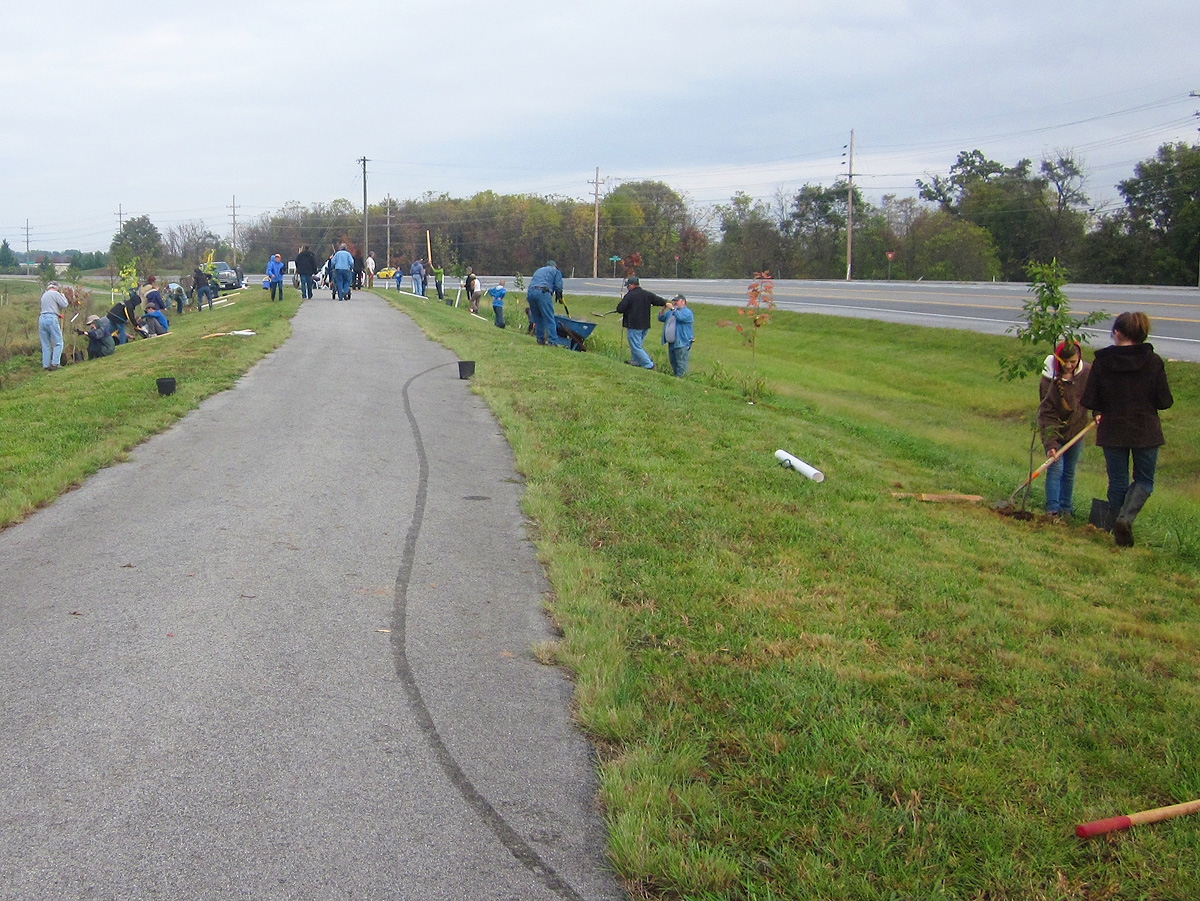.jpg) As everyone reads this article on their respective computer screens, it’s hard to escape the sense that Americans are less connected to the outdoors.
As everyone reads this article on their respective computer screens, it’s hard to escape the sense that Americans are less connected to the outdoors.
Not only does this have negative consequences for our personal health, it can have impacts on our local environment if we aren’t careful. For instance, water quality suffers from issues like runoff from agricultural and urban areas, and needs forested buffer zones for its own protection. Fortunately some states are finding ways to grow new engagement.
In West Virginia, the Division of Forestry (DOF) has made educating the public a part of their own Forest Action Plan for the state’s forests. In a state that’s 80 percent forested and reliant on a strong and sustainable logging industry, it’s easy to see why State Forester Randy Dye is keen on promoting tree planting and local community interest in their forests.
To help foster on the ground engagement, the DOF and its partners the Cacapon Institute, West Virginia Conservation Agency, West Virginia Potomac Tributary Team, and the USDA Forest Service have created CommuniTree (CTree).
Working with local communities near the Potomac headwaters, CTree provides Kits and technical support to help plant native trees in their area. Working with a USDA Forest Service grant, the kits are provided up front, and communities match the cost with volunteer hours and their own equipment. In turn, the volunteers go to work planting the trees along their roads and in their neighborhoods.
In addition to this physical component, volunteers learn about the dangers of soil erosion, and the importance of concepts such as buffer zones for water quality. This educational side to CTree helps ensure the participants go home with a better understanding of their work, and the knowledge they need to help take the initiative on future projects.
CTree’s volunteers have been of all ages and experience, everyone from elementary school children to seasoned adults have taken part.
All told, from 2008 to 2014, CTree’s volunteers have contributed more than 8,268 hours and planted an astounding 2,207 trees across 70 sites. The project has helped foster stronger and healthier communities in West Virginia.
This month alone, CTree volunteers will plant 370 additional trees on 10 sites within the Potomac River Basin.
Follow the project at www.cacaponinstitute.org/Forestry/CTree.htm.
Photos courtesy Downstream Project, Cacapon Institute, and the WV DOF


